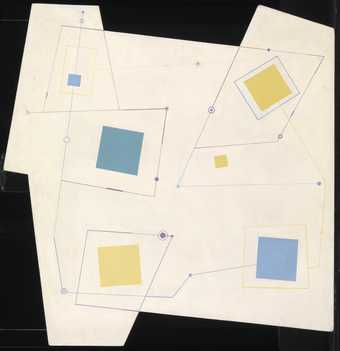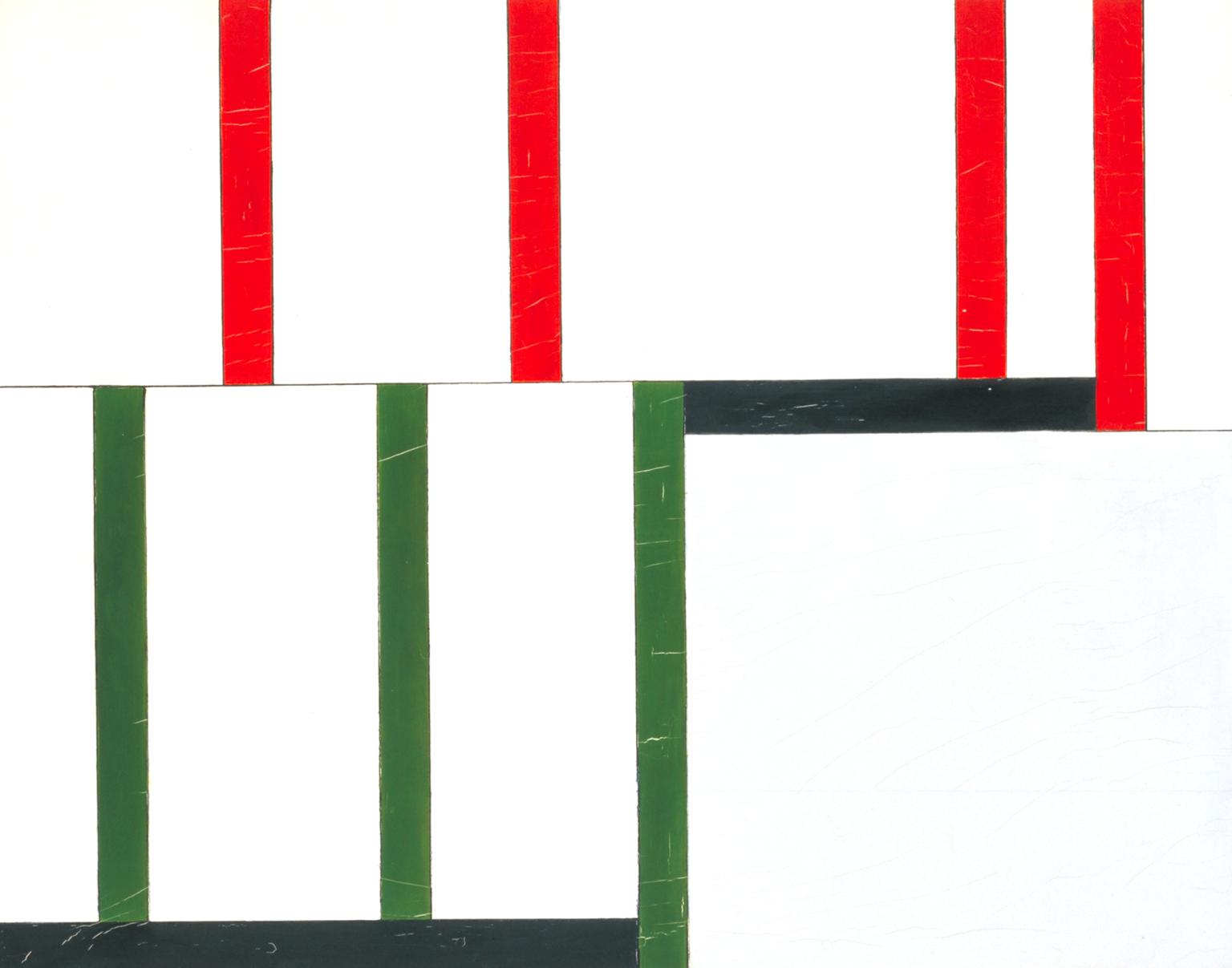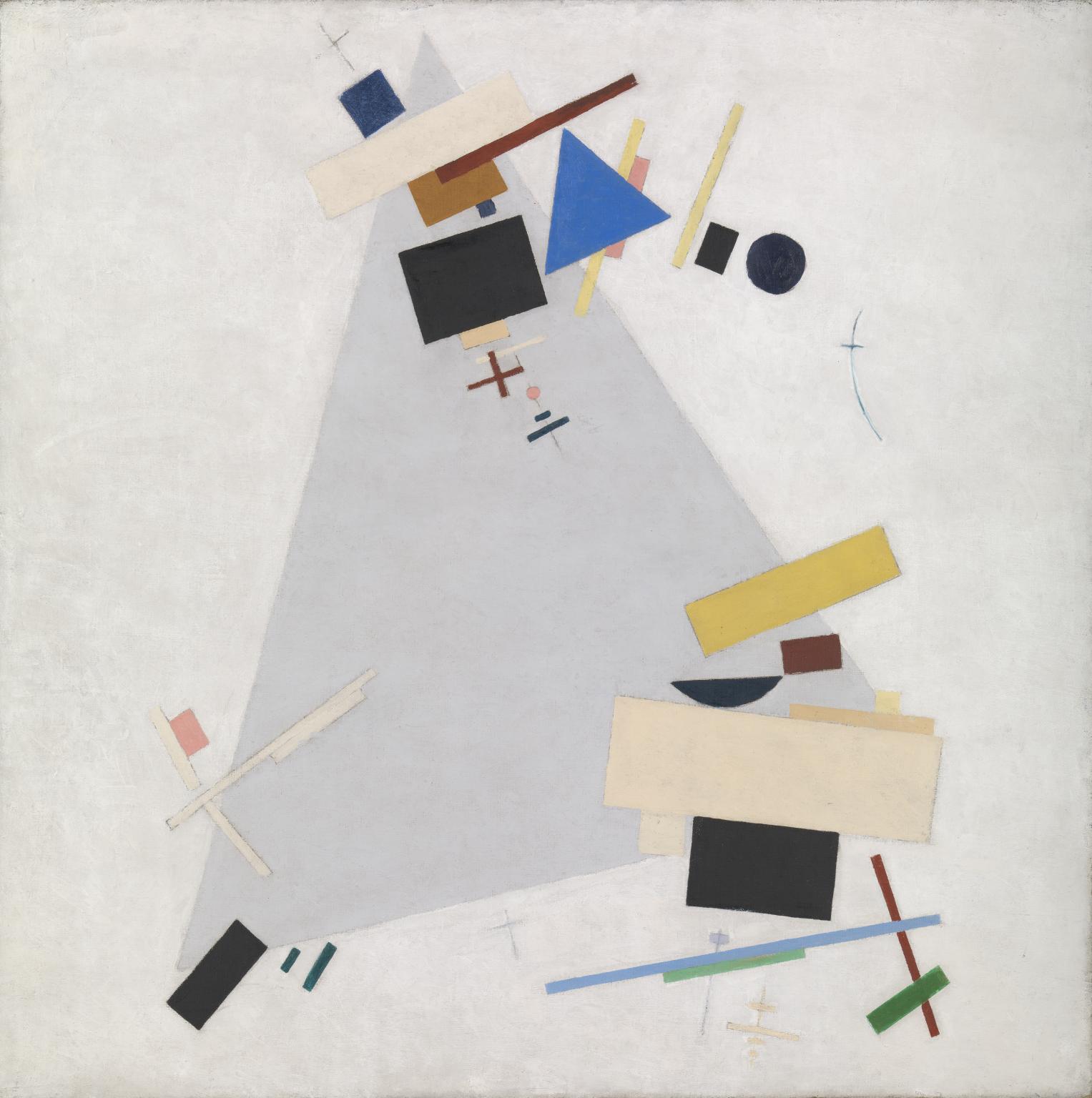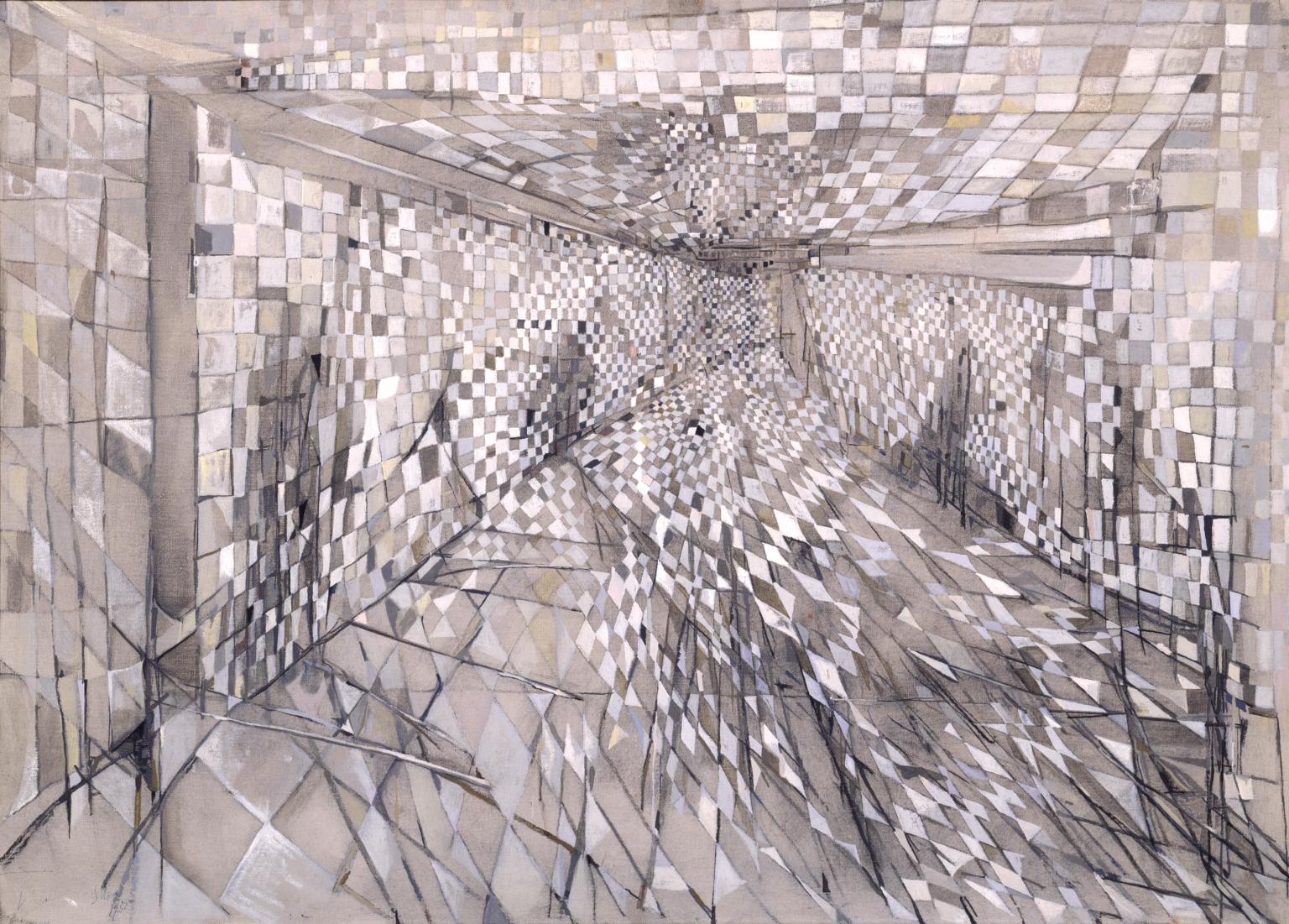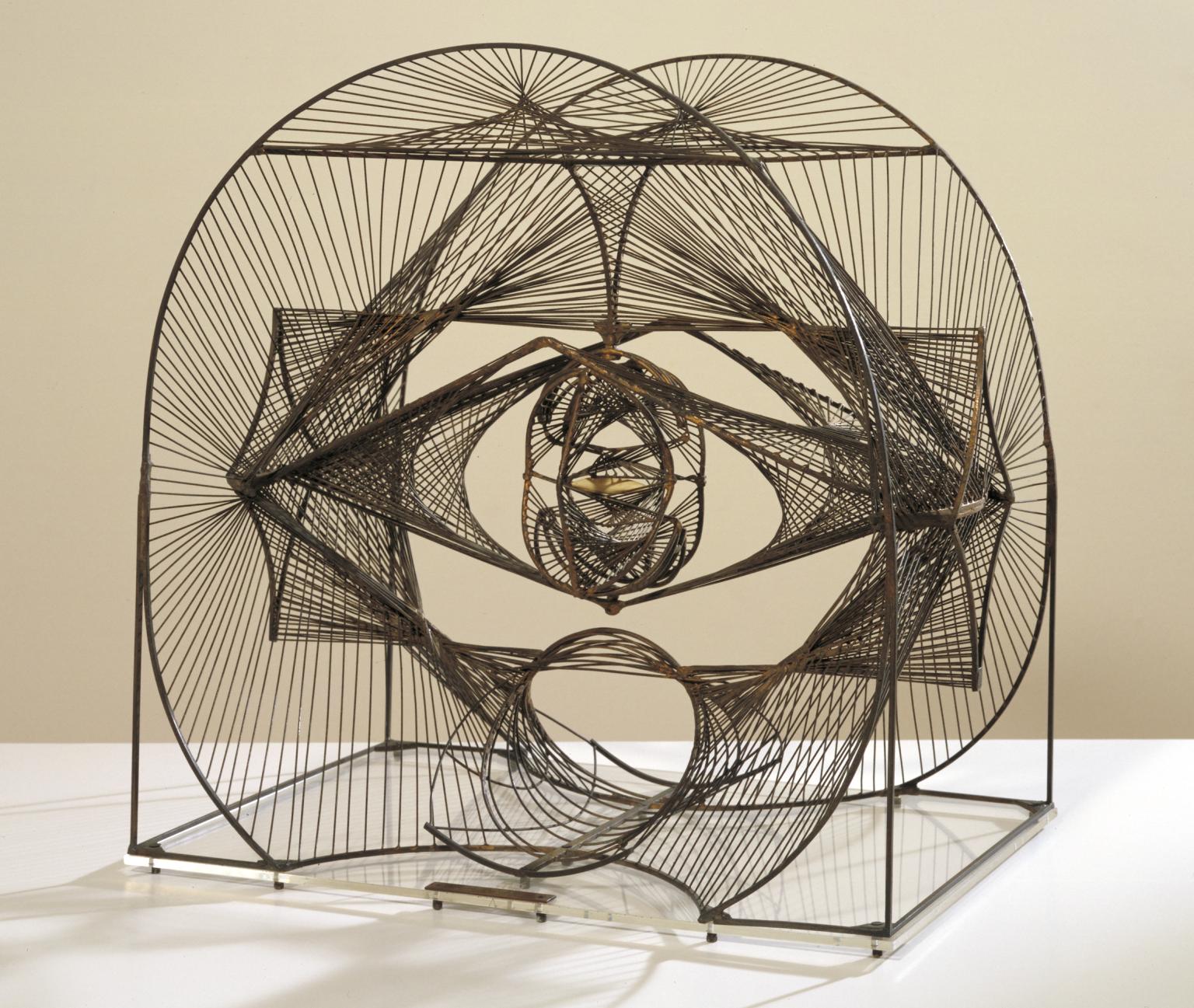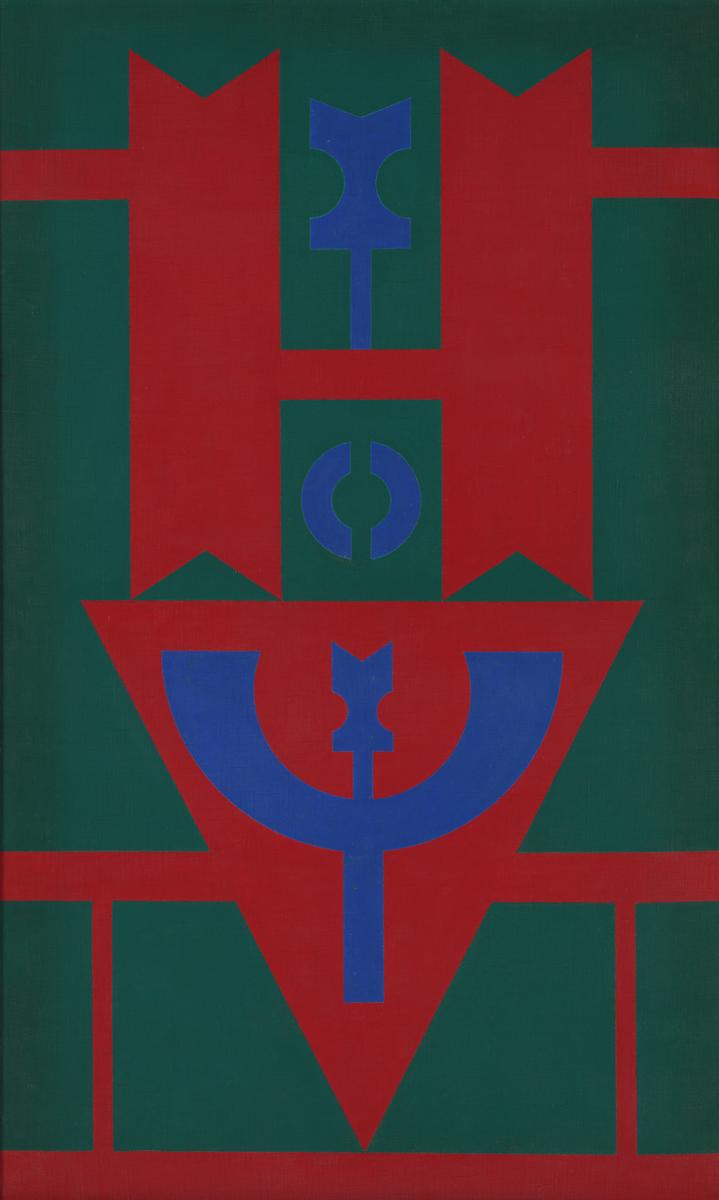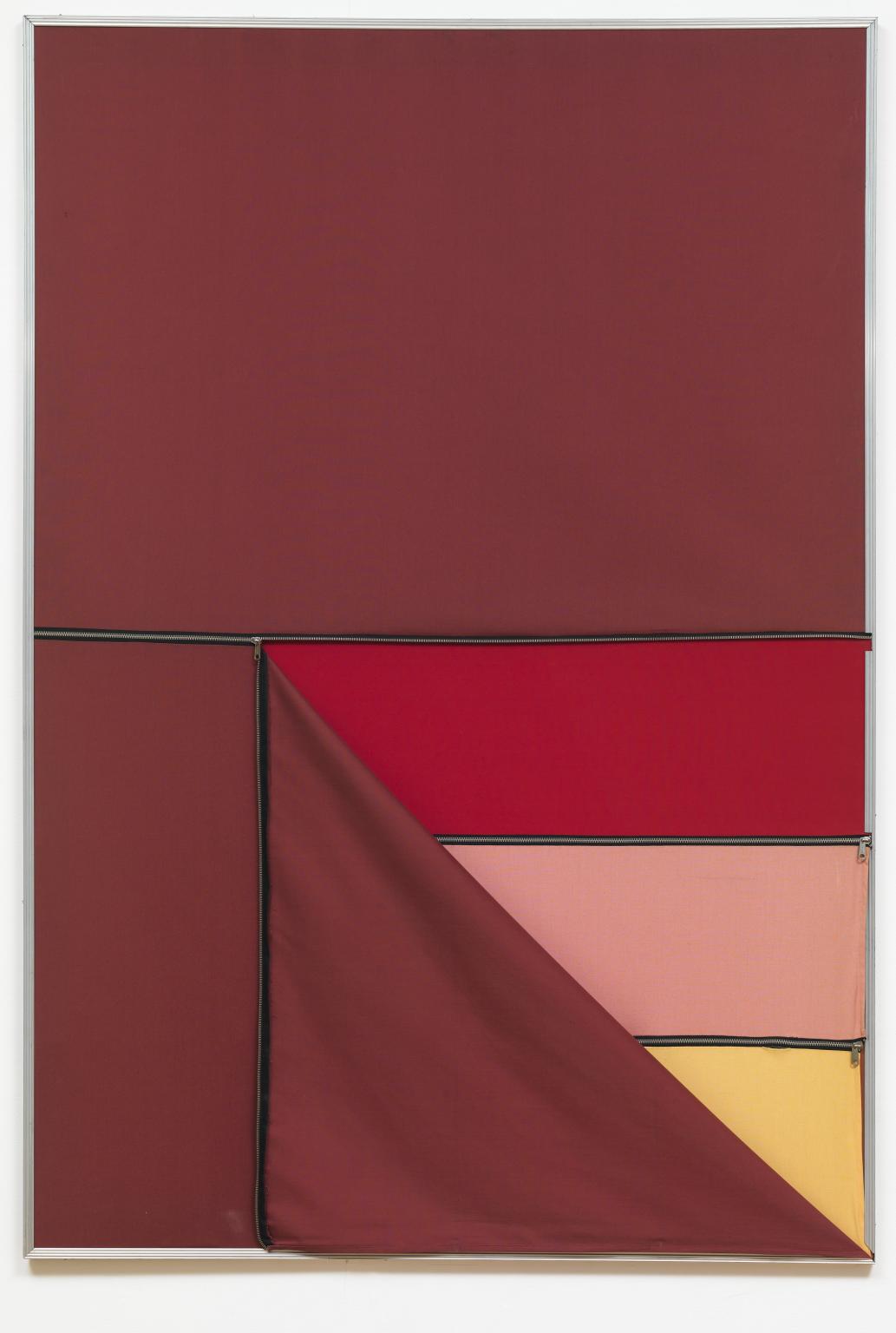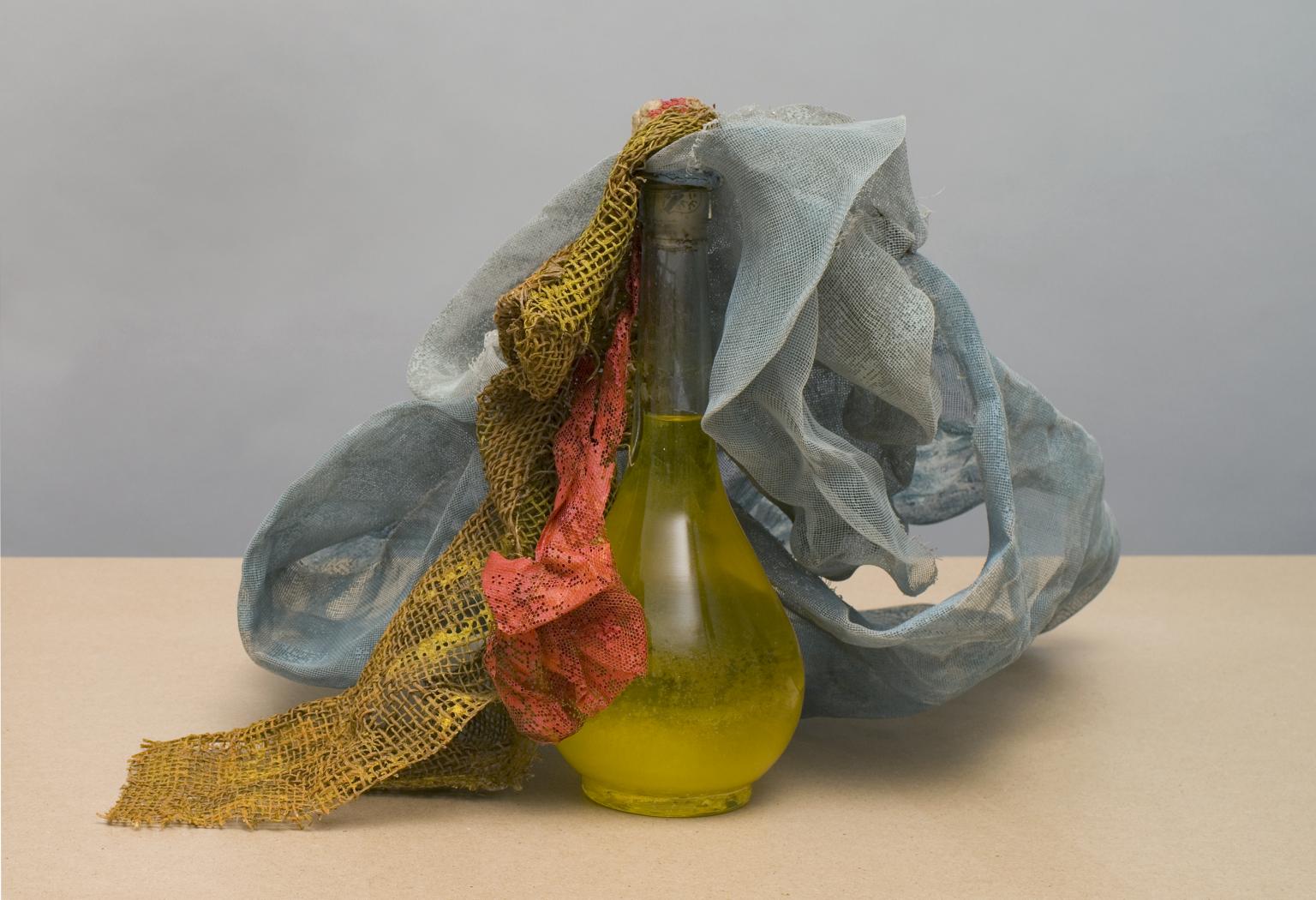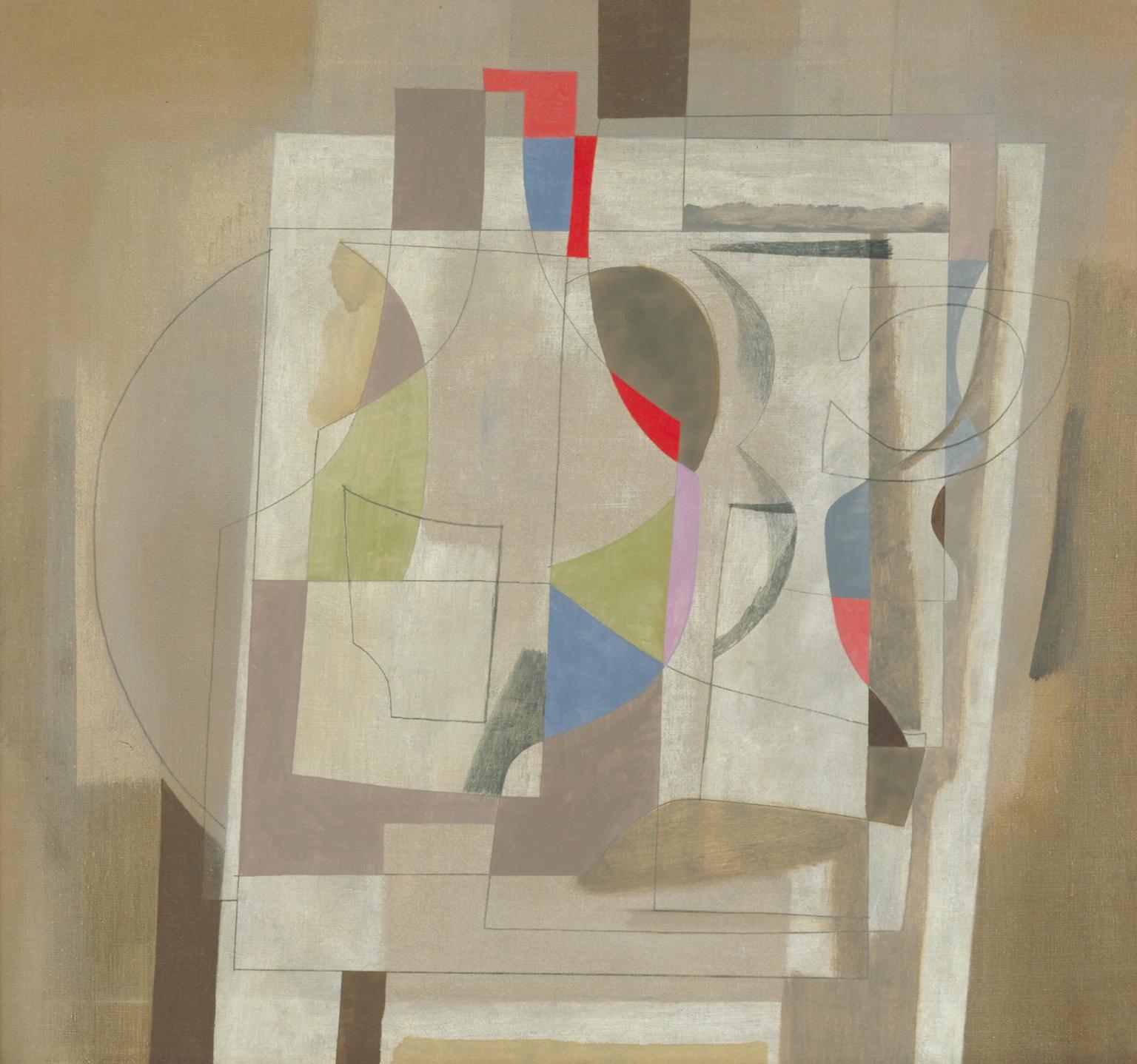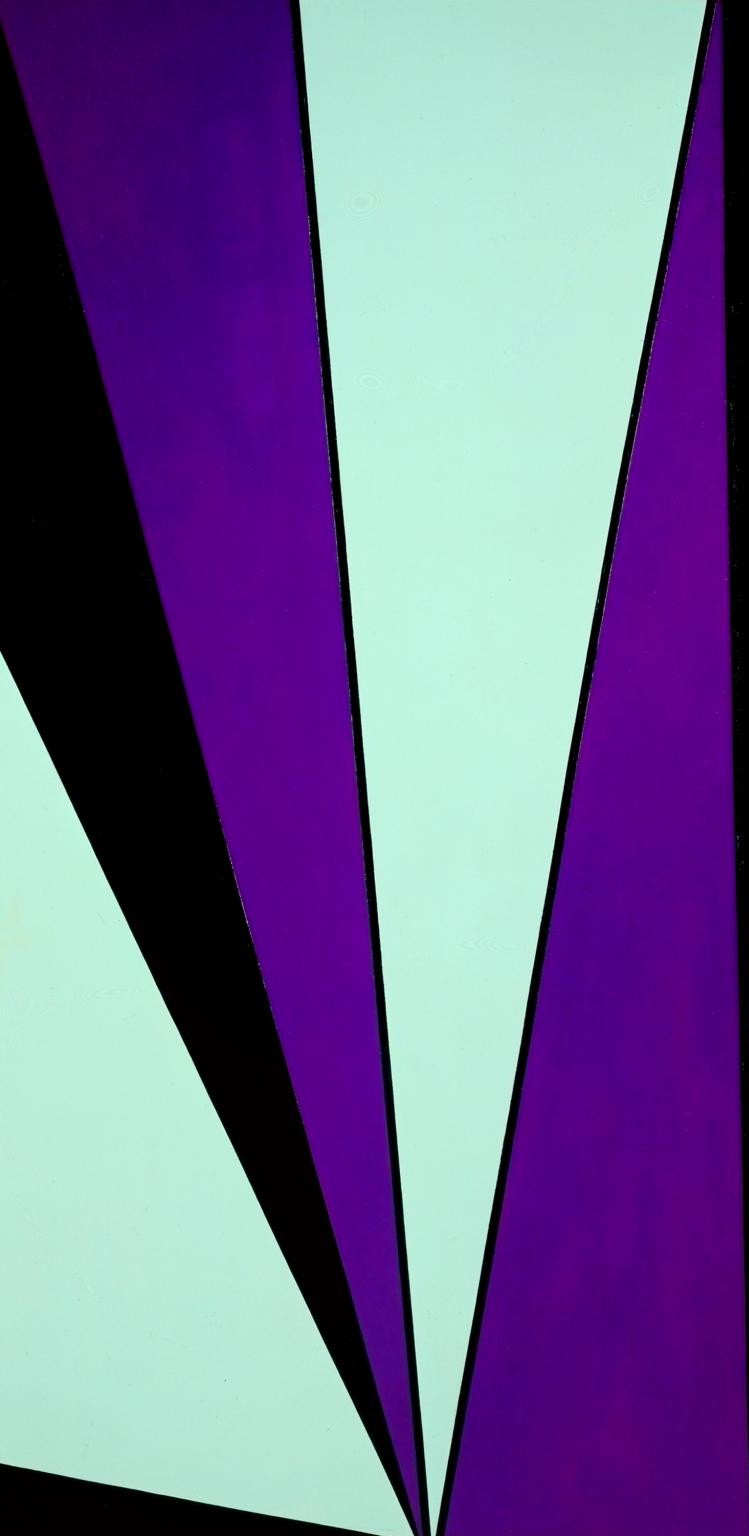12 rooms in Artist and Society
Explore how geometric abstraction fabricated dreams of a new society in the twentieth century
This room looks at abstract works from different moments in the twentieth century which reflect the aspiration to invent a new society. With a focus on artists associated with the São Paulo Biennial, it includes work by Latin American artists who emerged in the 1950s, as well as European artists from the first half of the twentieth century.
The São Paulo Biennial was founded in 1951, a moment of rapid economic growth and urban development in Brazil. This was also a time when younger artists in São Paulo and in Rio de Janeiro were developing a new form of geometrical abstraction.
From the European abstract art of the early twentieth century they took a rigorous approach to art that was infused with political idealism. By rejecting the past and embracing new forms, abstraction was associated with ideas of social change.
Revisiting these ideas and ideals in the 1950s, artists in Brazil developed more personal forms of abstraction to ‘express complex human realities’, in the words of Ferreira Gullar’s Neo-Concrete Manifesto 1959. This led to new experimental practices involving participation and performance in which the artwork entered directly into everyday life.
This is one of a series of rooms at Tate Modern, each offering ‘a view from’ a different city. They focus on a period when new approaches to art-making emerged, developing locally and in dialogue with artists from other parts of the world.
Curated by Matthew Gale
Art in this room
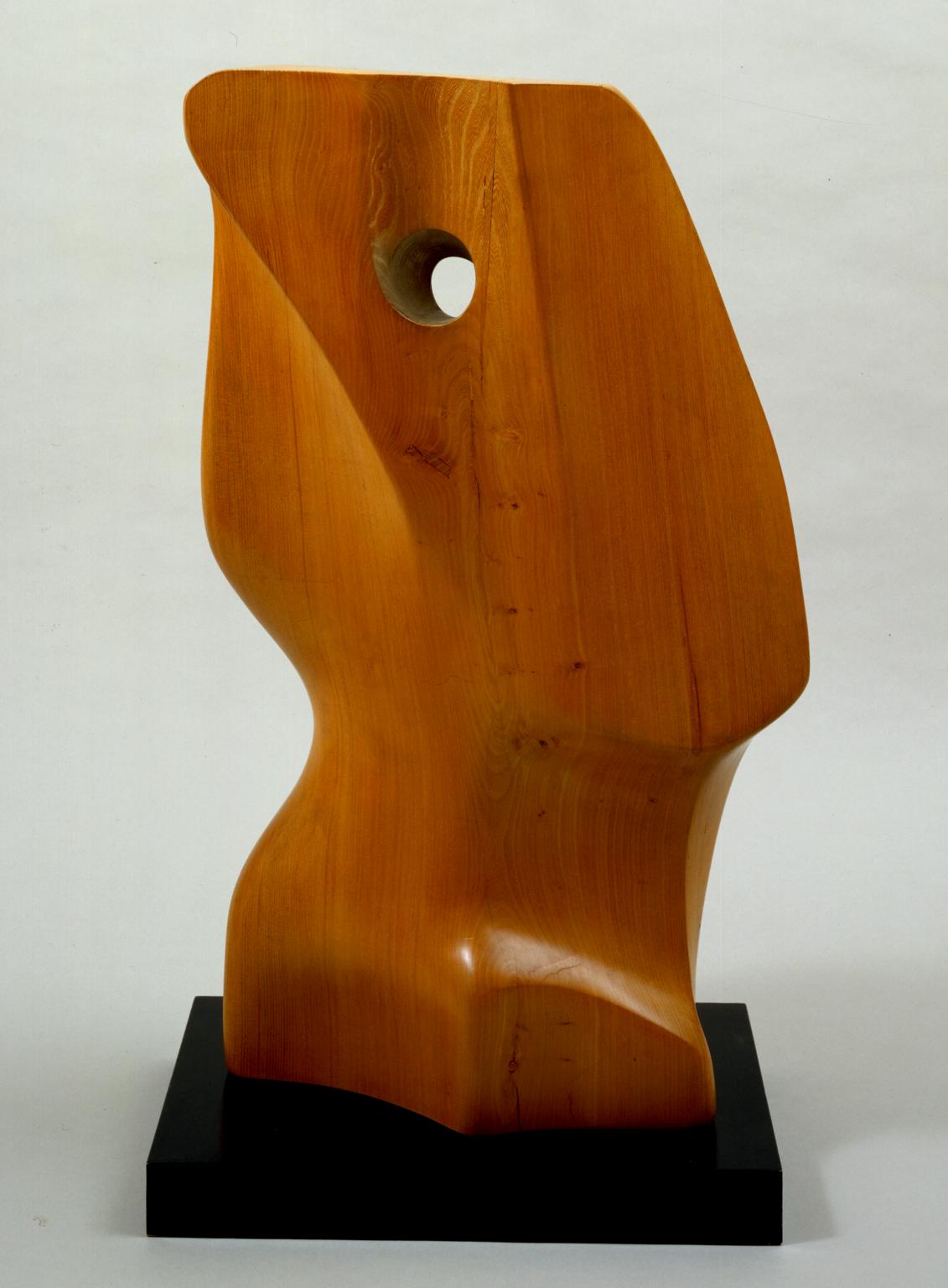
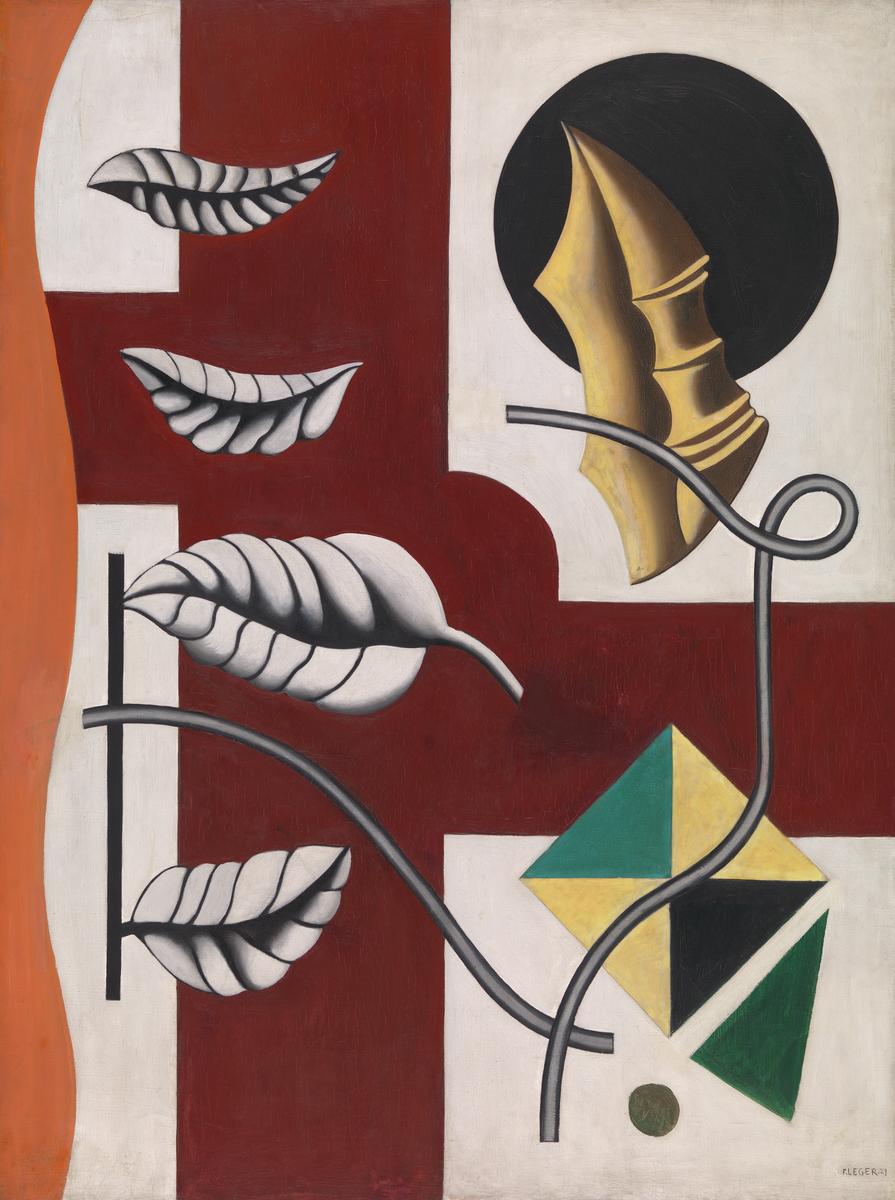
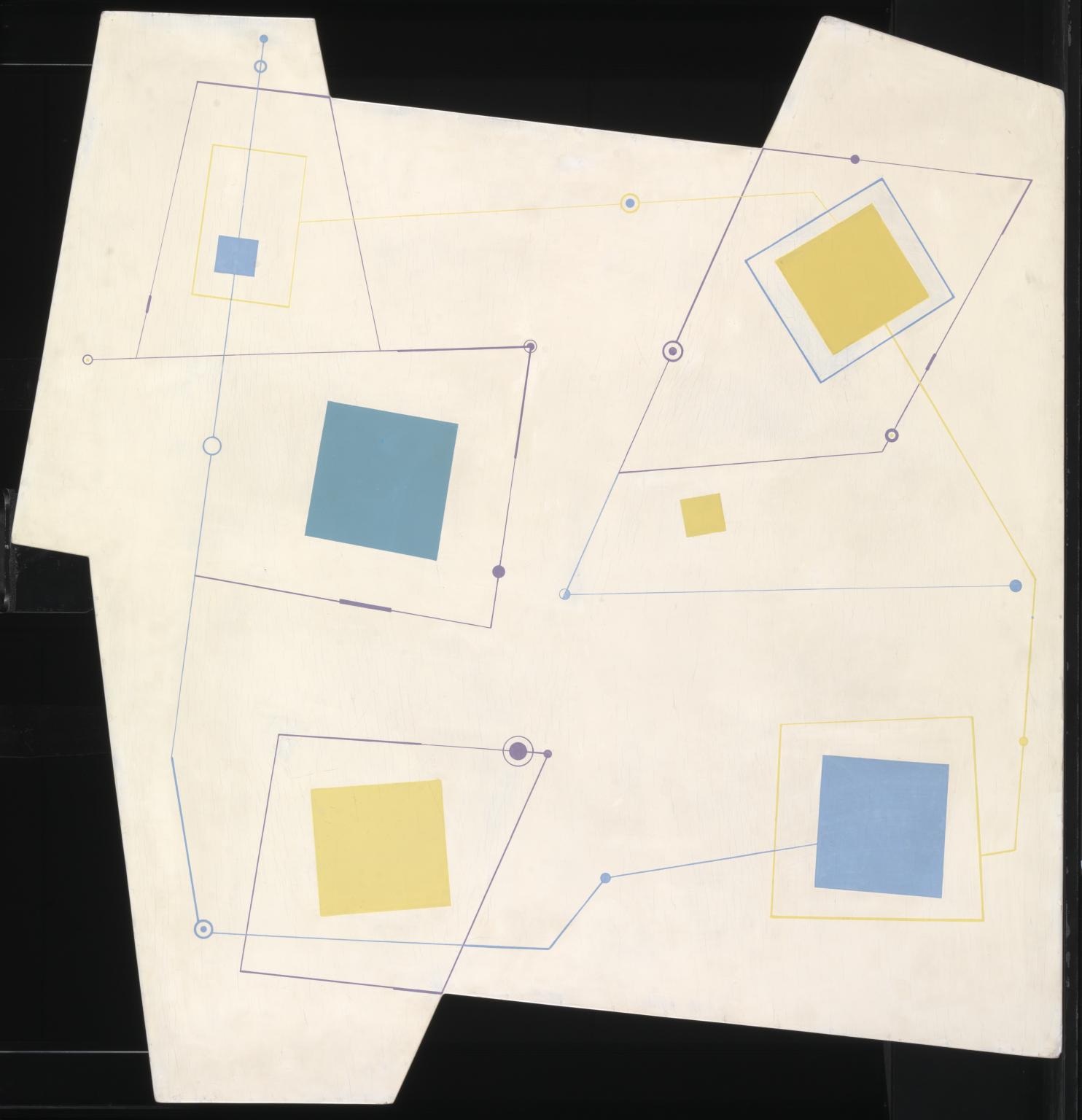
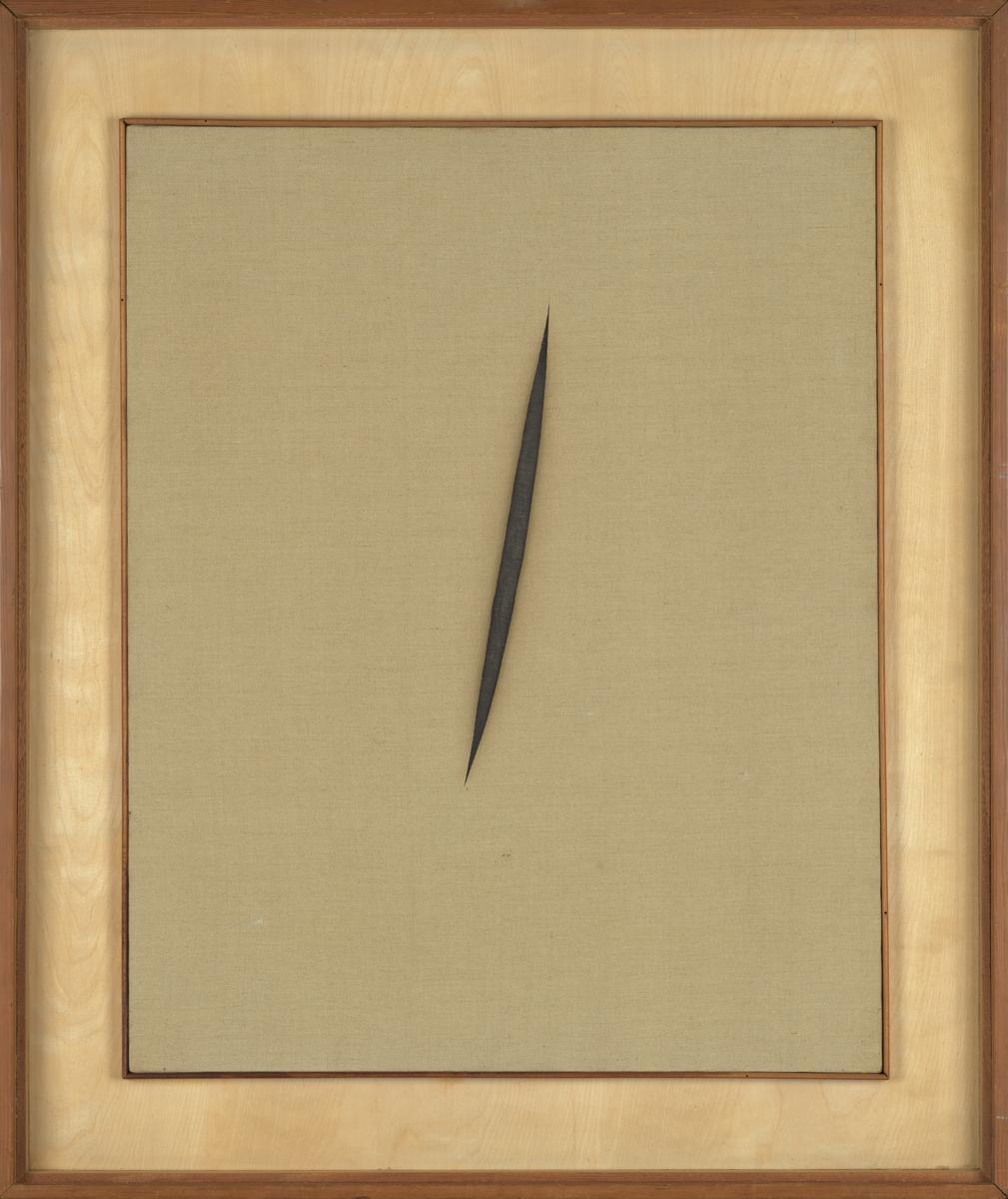

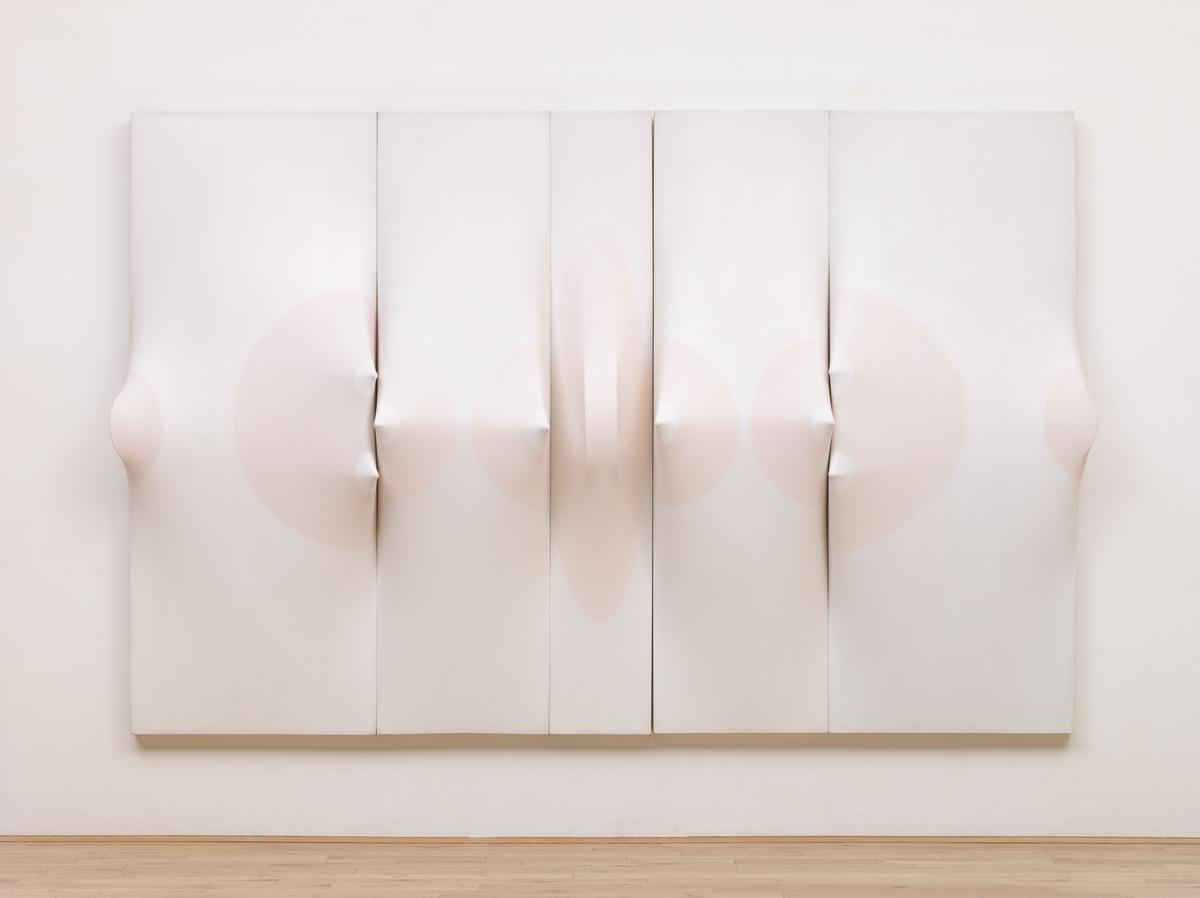
You've viewed 6/17 artworks
You've viewed 17/17 artworks

